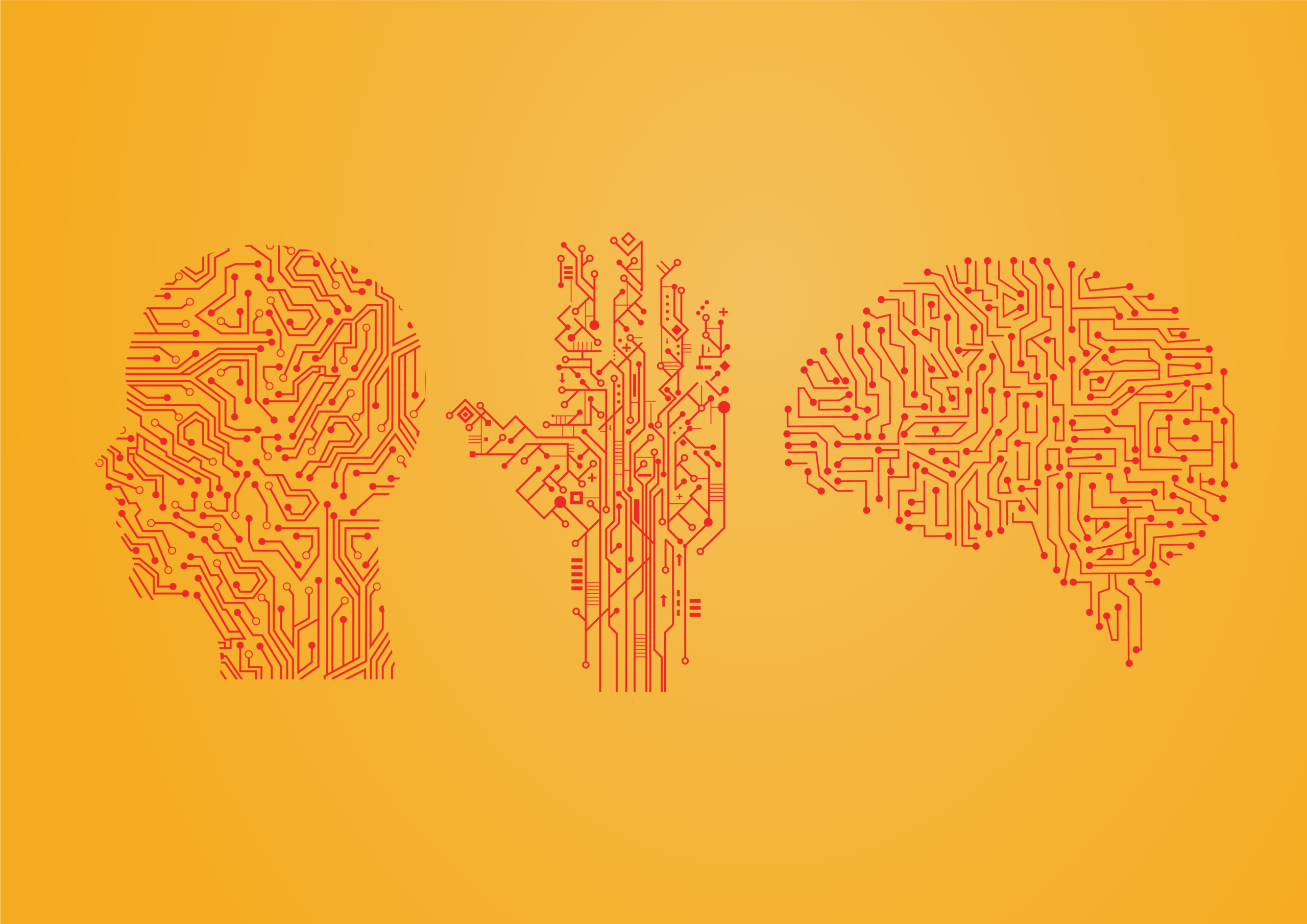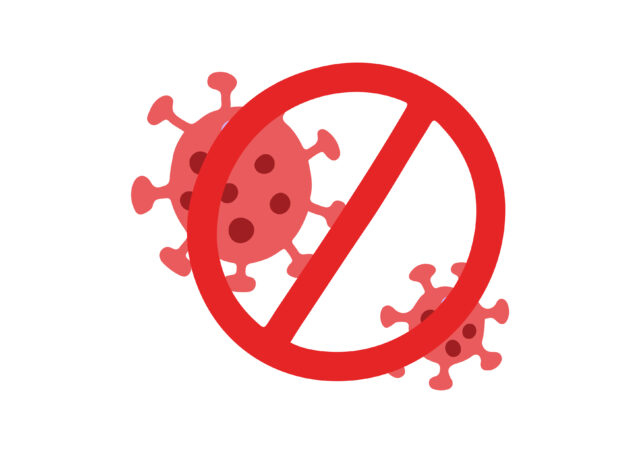In 2013, coming up with a snazzy tagline and writing great copy would have sufficed as the entirety of your marketing campaign and for that period, it was acceptable. Now marketing has evolved into a more rounded discipline, way more meaningful to brands than ever before. Like other industries, marketing is seeing a huge wave of technological advancement. Companies are increasingly able to automate certain aspects of their marketing strategy.
The big question is, how far can automation get you? In a world full of screens and gadgets, marketing experts are predicting that taking it back to the fundamentals of marketing will help your marketing strategy immensely. This is where human experience in marketing comes in. The importance of putting people and communities at the forefront as marketers and creatives cannot be overemphasized.
There is a need for a conversation centered around a human-first and experience-driven approach to innovation across industries. Whether you currently run a B2B or B2C structure, essentially your business model is still H2H (Human to Human) and creating a customer-centric system is the way to go. Not all old things are bad, and sales and marketing still require the human element which can never be replaced by devices and apps, regardless of how innovative and revolutionary they are.
Embracing and acknowledging the humanity of both consumers and sellers in a business world aspiring to dehumanize every step of the advertising and sales process is a step that bold businesses will have to take to make their mark in the market. Here’s what you need to know about it:
Artificial Intelligence vs Human Intelligence
Marketing is not immune to the push for AI. Quite the opposite. Marketing articles and publications are inundated with references and hype for Artificial intelligence. 4 out of 5 predictions for successful marketing trends contain artificial intelligence as one of its components and this is a striking contrast with the current drive by many marketing firms to return to more traditional methods of marketing.
Of course, marketing has always been data-driven to some extent, but our abilities to uncover insights have been enhanced exponentially by the digital transformation and AI is the driving force behind our data cultivation habits. True artificial intelligence, at its foundation, is teaching a computer to mimic human behavior. Yet, though computers may be excellent at replicating intelligent behavior, they still come up short when asked to think intelligently because essentially a computer is still a computer and not a human.
Legend has it that humans only utilize 10% of our brains for daily activities, so if we cannot fully understand how the human brain develops thoughts, how then can we train machines to develop intelligent thoughts? We’ve probably seen only flashes of what might be possible in years to come in artificial intelligence and machine learning. But, still, and probably for some time to come, the best marketing relies on old-fashioned human intelligence.
Infusing the humanized approach in your marketing
There is no doubt that human experience marketing will become the primary way of marketing products and services in the near future, so businesses that want to stay at the top of their game will need to learn how to apply it properly. Here’s how to go about it:
Show that you’re not a robot
If there’s one thing the advent of social media taught us, it’s that we need to communicate with customers more naturally. Social media is the new word of mouth because it brings you in close contact directly with thousands of customers at a click of a button. Personalization can go a long way to help ingrain your brand’s name into the customers’ memory.
With Cowrywise, users of the financial app have formed a love-hate relationship with Ope who frequently gives them financial advice and reels them in when they’re going to hard on the debits. This has led to increased perception and brand recognition just by showing that the brand has a human side.
Develop your brand tone and voice
A brand can generate an authentic feel by being transparent, which establishes trust with the consumer, by having a unique brand voice, and by creating engaging stories. Gone are the days when brands had to sound very strict and monotonous. Now they can embrace various tones and voices from sassy to sarcastic and even humorous.
Yes, brands are adopting witty tones to let their customer know that just like them, they enjoy the occasional laugh. The most beloved and longest-lasting companies tend to be those that understand the importance of strong brand voice and tone. They invest in building a consistent presence and personality that’s immediately recognizable across their entire marketing strategy.
Infuse brand listening
This means that every level of your company needs to believe the customers come first and that they deserve respect and real communication. Your employees are not machines designed to reply to emails and pick up phones with pre-learned speeches. They need to listen, understand, and answer.
In recent times, Wema bank committed a blunder in their International women’s day campaign and got called out for it simply because they weren’t listening to their audience. When considering the content you are about to publish try to think like a customer. What would you like to read or see? What makes you tick? What would make you smile? What would make you react? Sometimes it is difficult to establish such an interaction within yourself so the best way to get into your customer is by listening to them.
Embrace your platforms as feedback channels, either positive or negative. Access bank put out a campaign on women’s day and 60%of the engagement they got in return was customers complaining about the service quality they were receiving. Remember, the customer is king and if you’re not treating your king right, he’ll get off the throne.
In conclusion, the future of Marketing Technology need not be completely automated. Automated processes can be helpful but believing that AI implementation can or should replace human intelligence (and, more important, emotional intelligence) is doing the industry a disservice.
Human experience in marketing is the combination of knowing your customers, being empathetic to their needs, providing them with the help they expect from you, repeatedly delivering valuable information, treating them like human beings, making them laugh, engaging them in a cause, and simply being there for them. It is the contrast we need in the time when businesses are provided with the possibility of selling globally with no boundaries preventing them. Human to human interactions are what creates trust and long-term relationships




